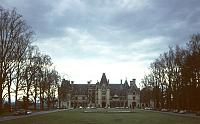
|
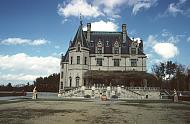
|
Frederick Law Olmsted, the landscape architect of Central Park, designed an Esplanade, or forecourt with an avenue of trees, before the east facade. The South facade had a bowling green. |
| |
|
On a grassy slope opposite the main house one sees the "Temple" of Diana (housing her statue). A double staircase, the Rampe Douce, provides access.
|

|
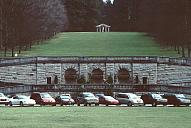
|
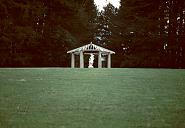
|
| |
|
Details of the Rampe Douce |

|
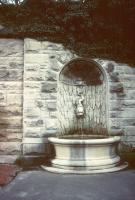
|
| |
|
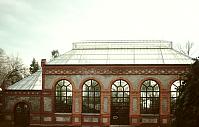
|
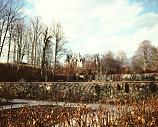
|
The Conservatory and gardens in FebruaryThe conservatory, also designed by Hunt, was rebuilt in 1957, and restored in 1999. In 2002, when these photographs were taken, the walkways were being bricked. |
| |
|
| Olmsted designed the Approach Road to the house which winds through woods. The Lodge Gate (left and center) is the entry gate to the estate. It is made of bricks and a rough stucco called pebbledash. |

|
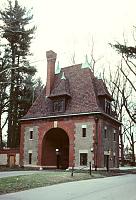
|
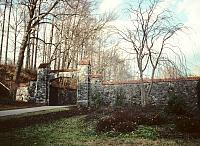
|


 Click here to return to index of art historical sites.
Click here to return to index of art historical sites.
 Click here to return to index of artists and architects.
Click here to return to index of artists and architects.
 Click here to return to chronological index.
Click here to return to chronological index.
 Click here to see the home page of Bluffton College.
Click here to see the home page of Bluffton College.
